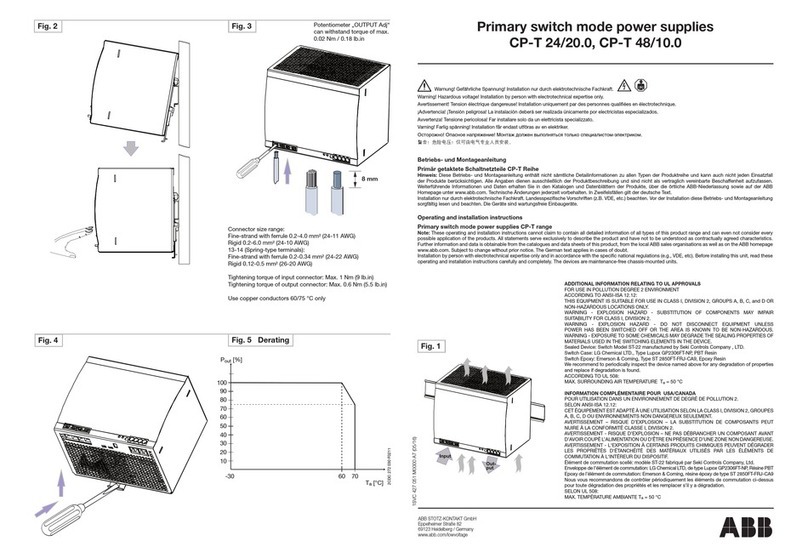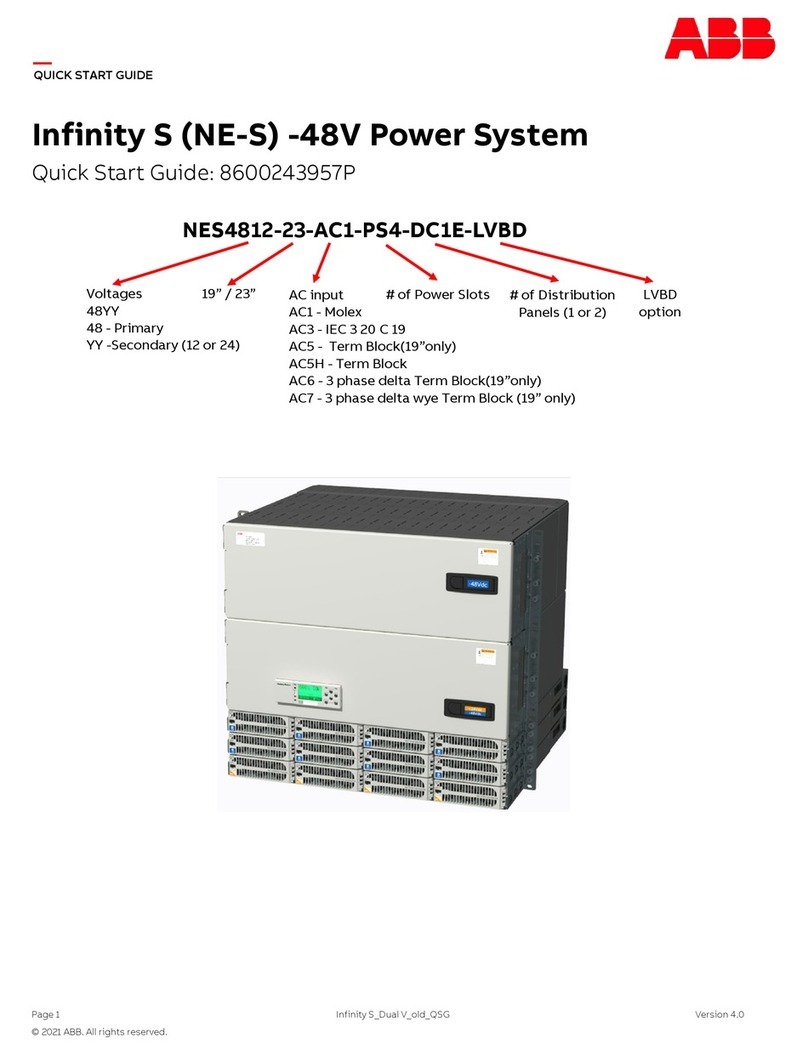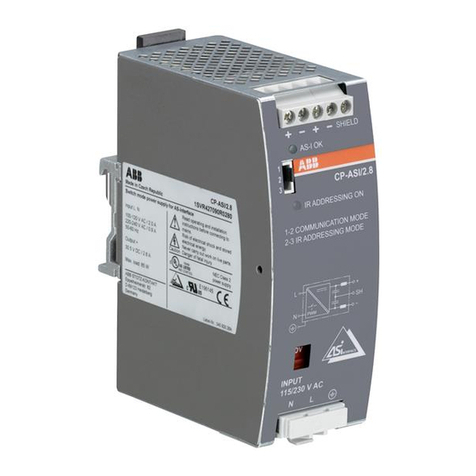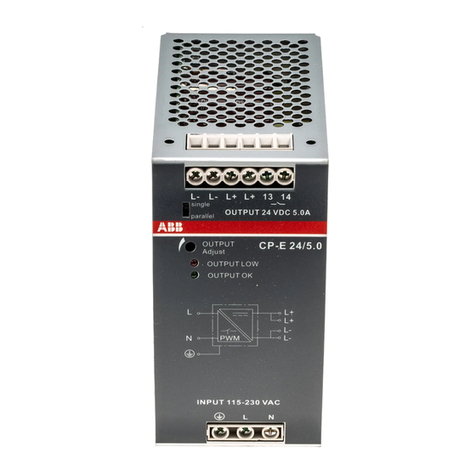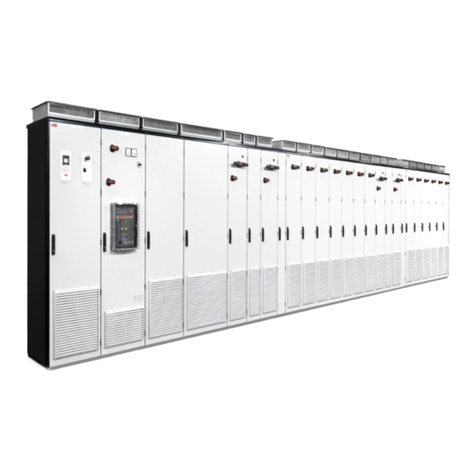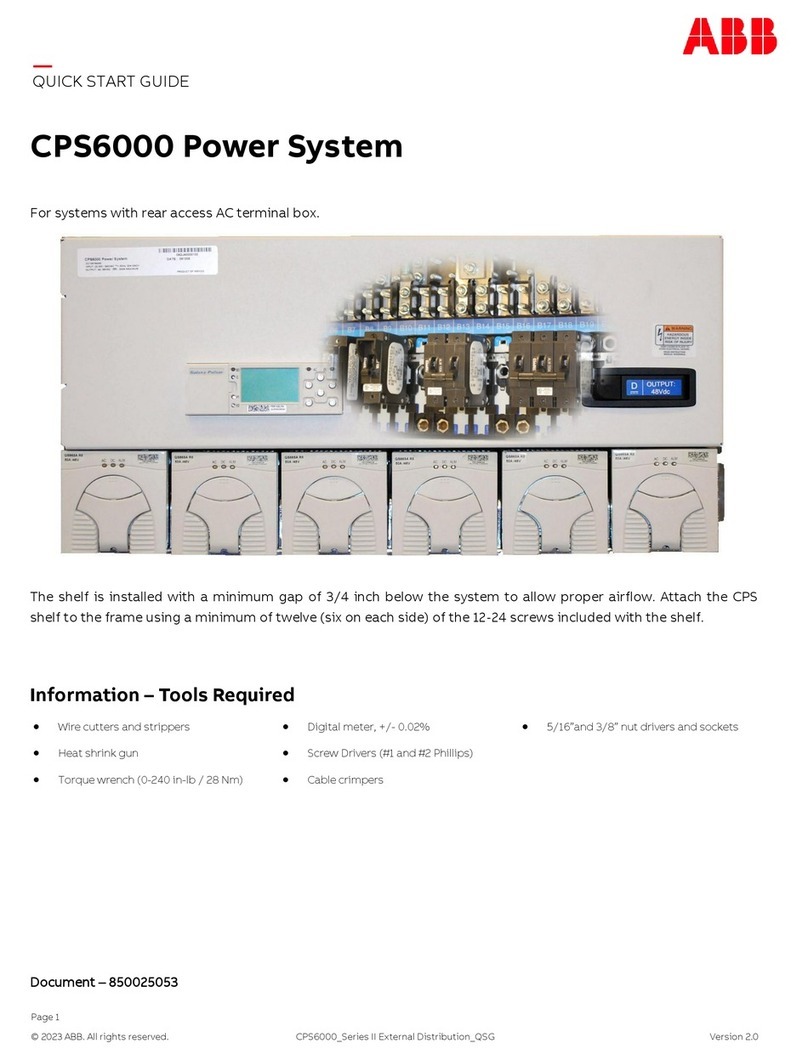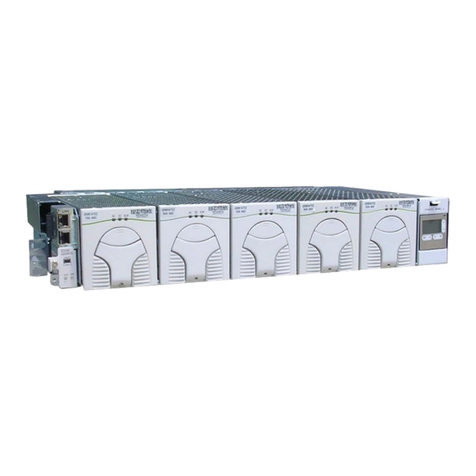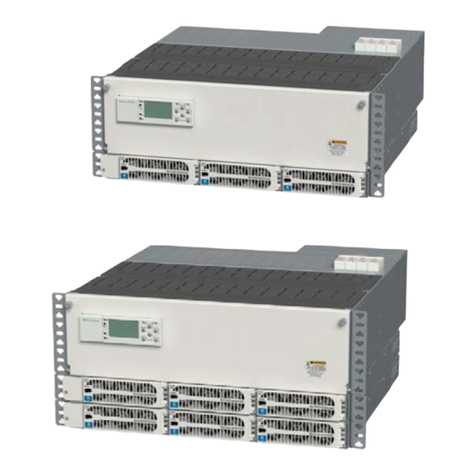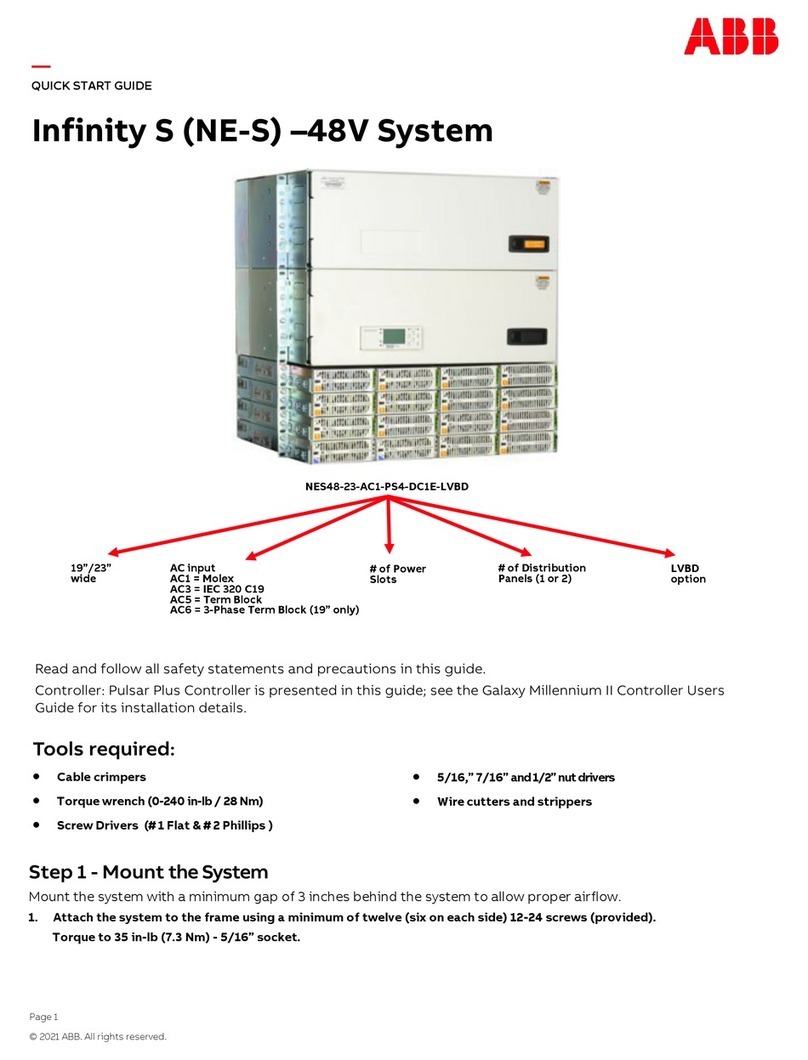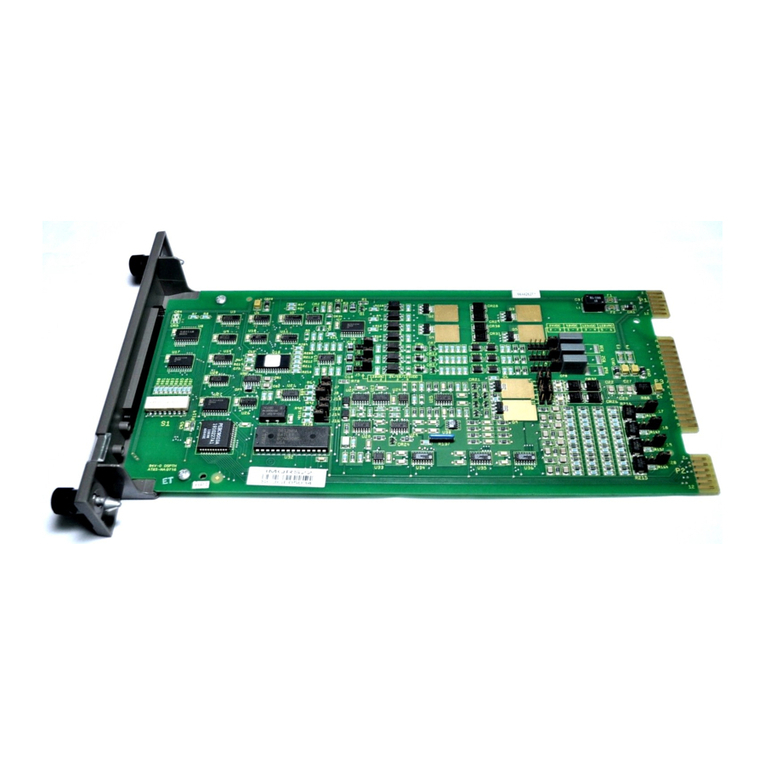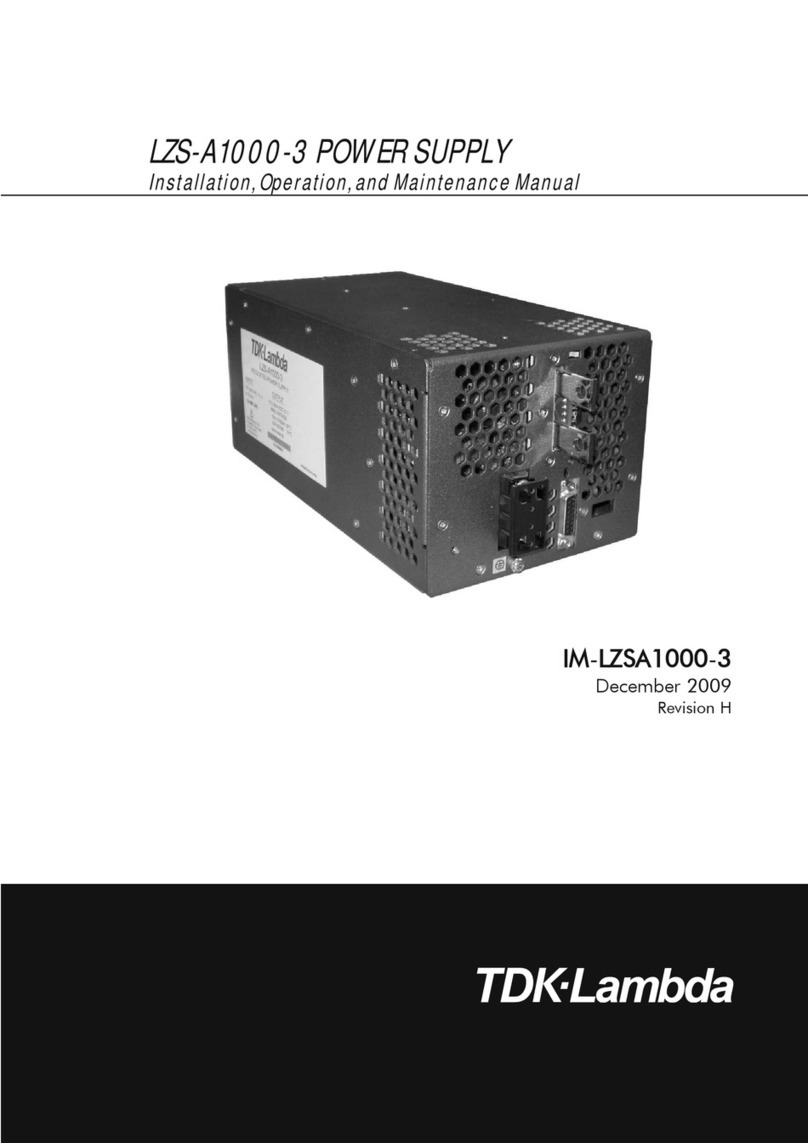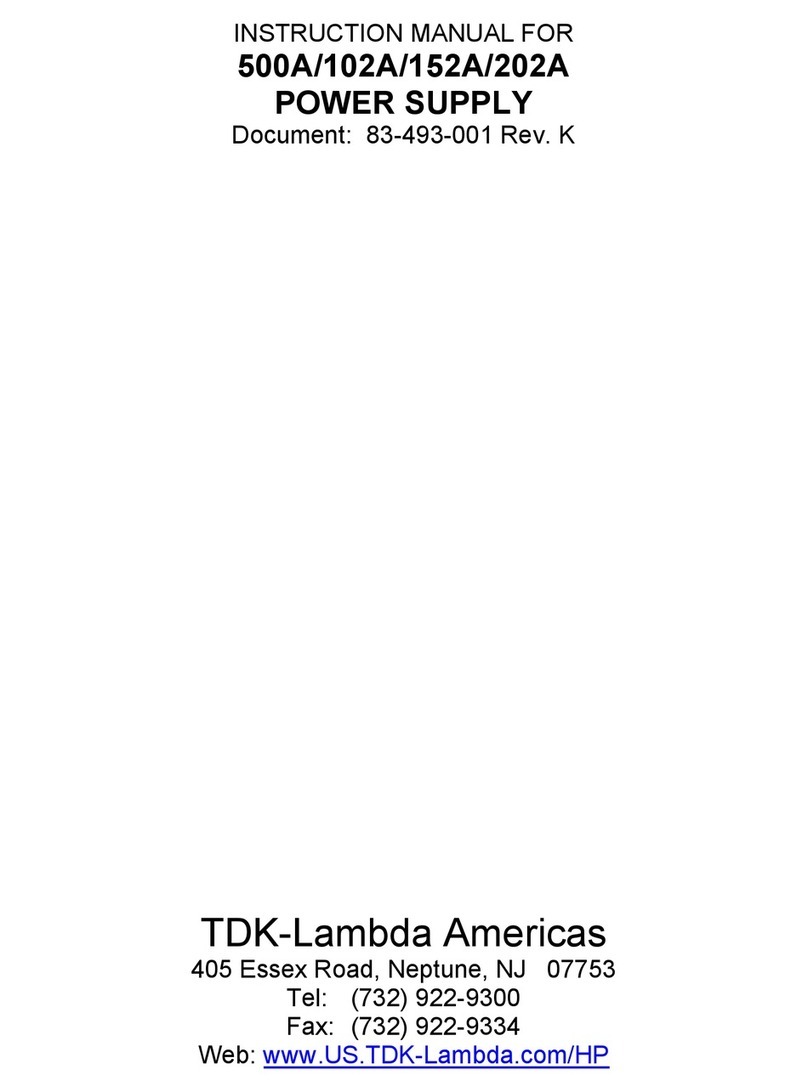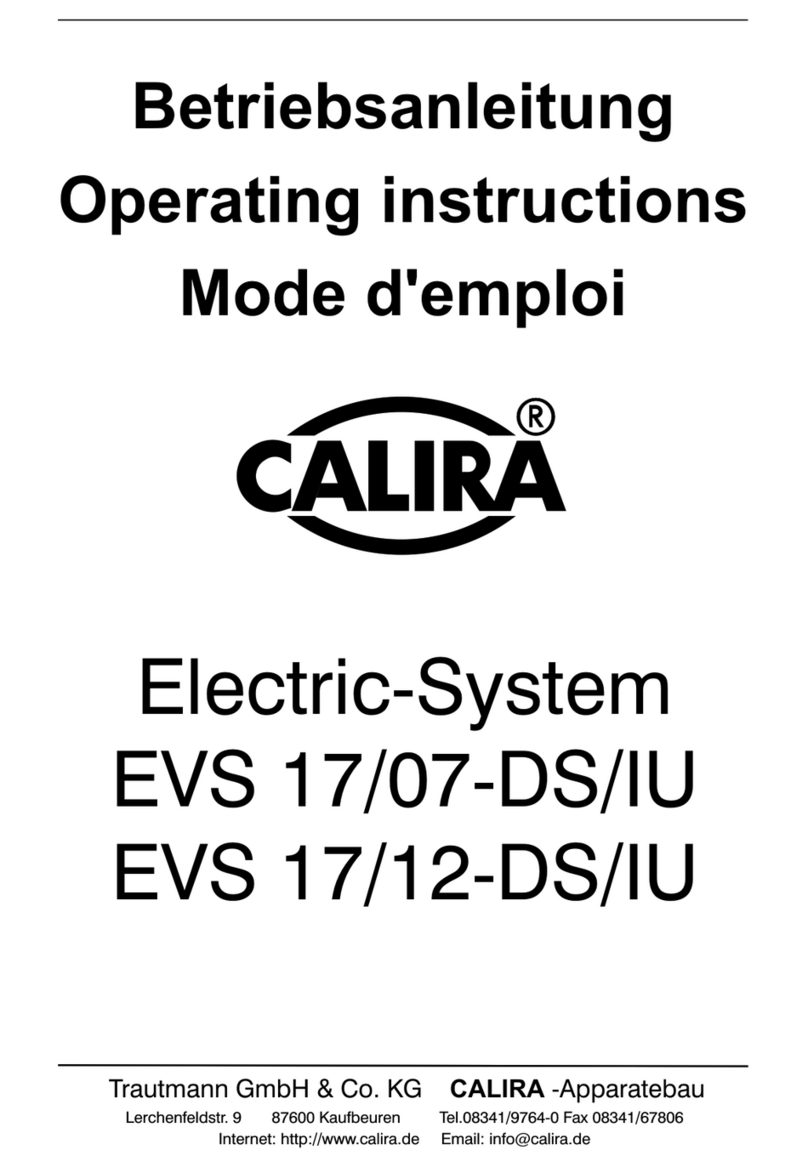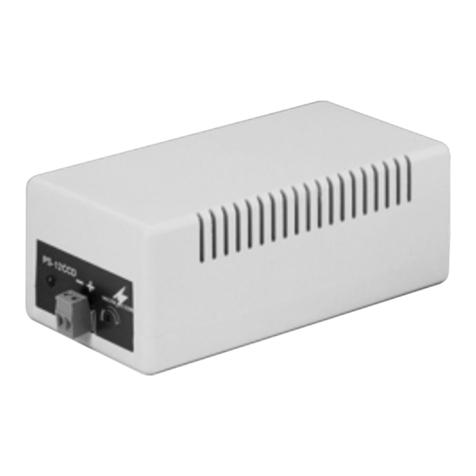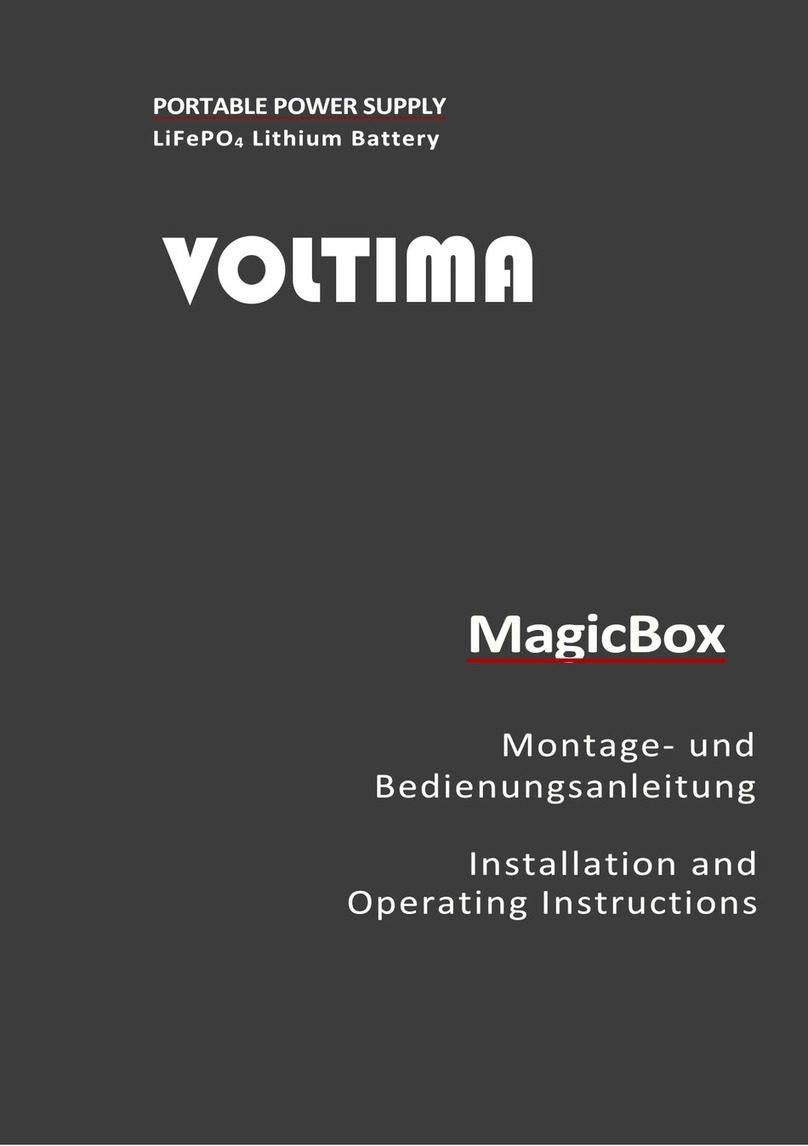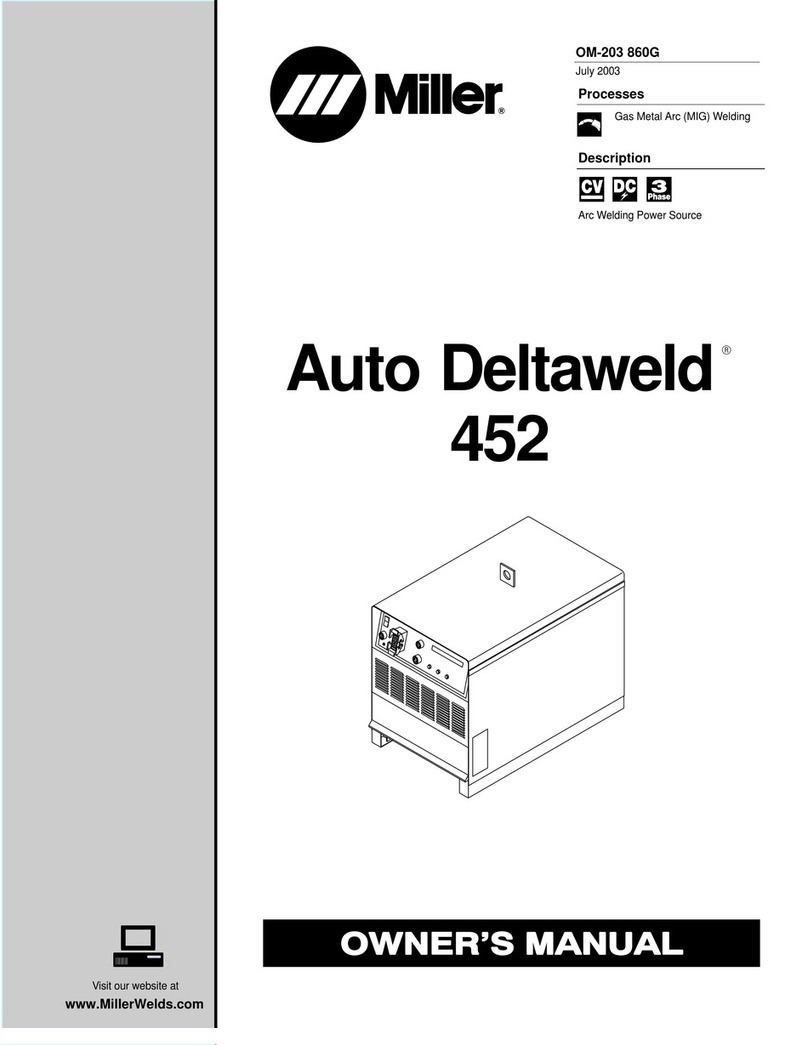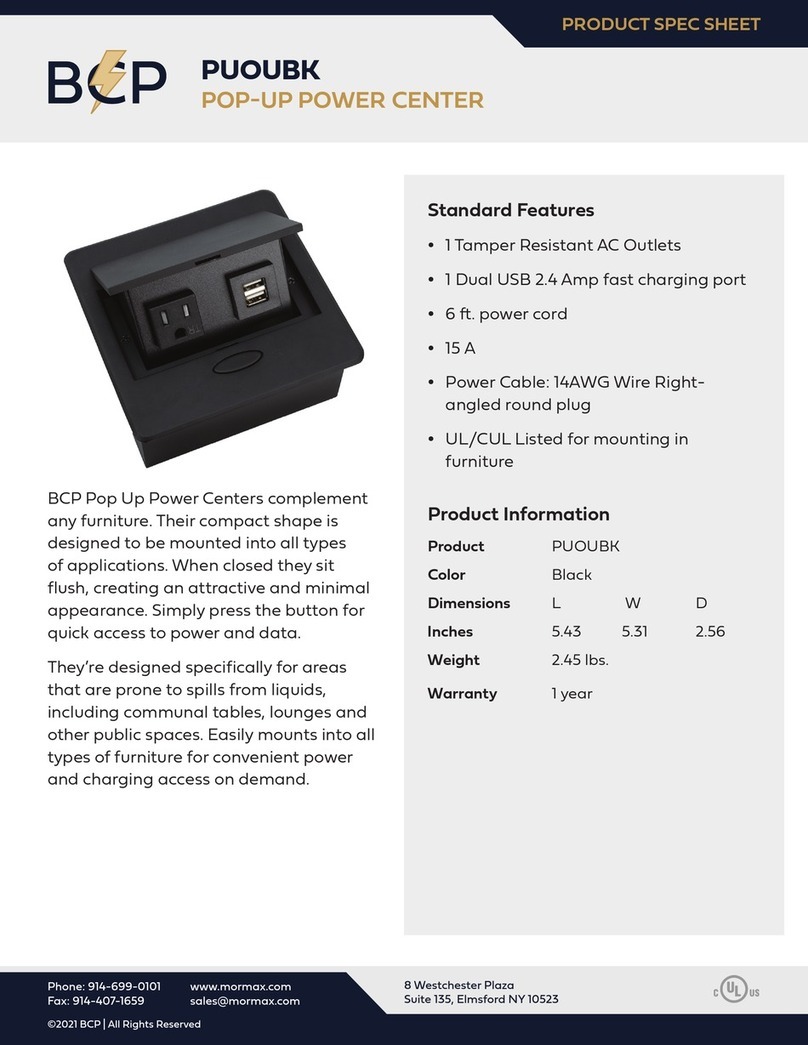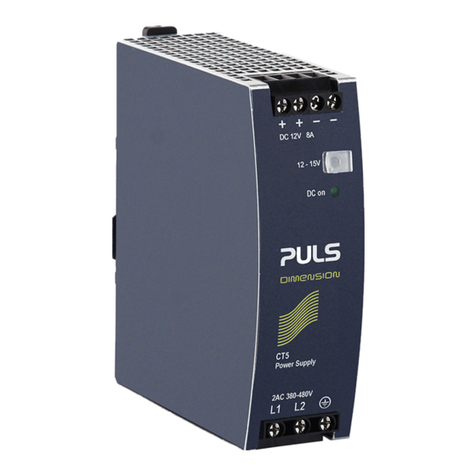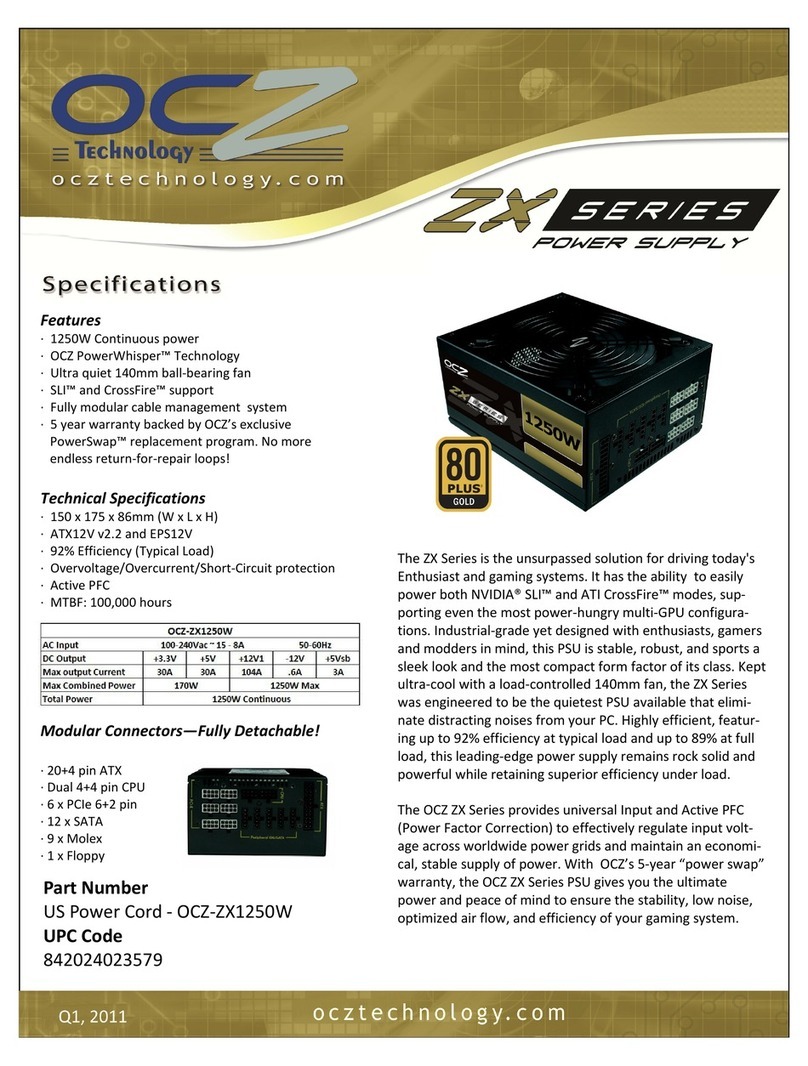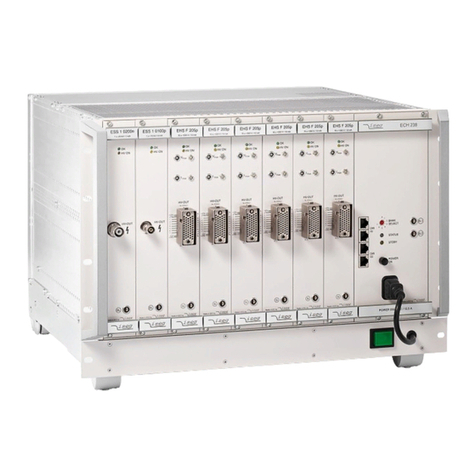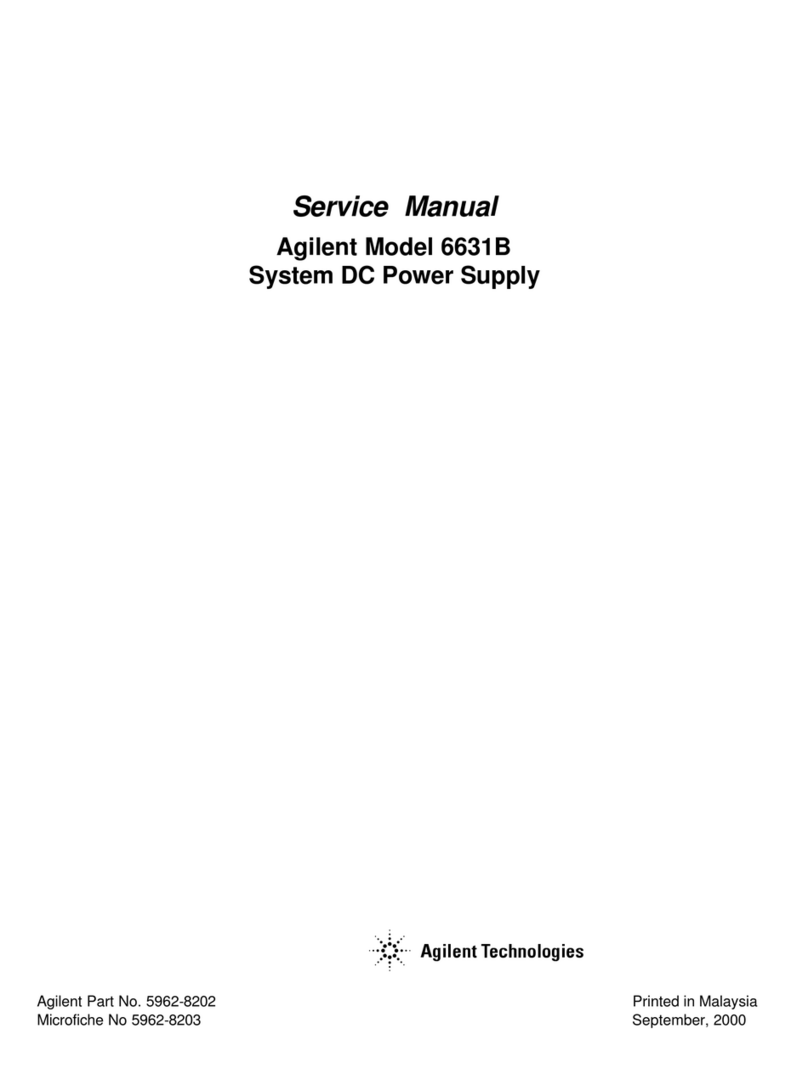Page 7
© 2021 ABB. All rights reserved.
QUICK START GUIDE
Step 8 - Initial Start Up
Verify that all AC, DC and Controller connections are complete and secure. Turn on AC input breakers. If there are
no alarms, make required adjustments to the default settings on the controller for this installation.
Step 9 - Configure Controller
Verify and edit controller basic configuration parameters per site engineering instructions.
Refer to Galaxy Pulsar Plus Controller Family Product Manual
Information: Controller - LAN Port - Local / Network
The LAN port is be configured as Local or Network
controller display menu path Configuration Communication Ports Network Settings DHCP mode CLIENT
or SERVER
CAUTION: Do not connect LAN port to a network when configured as Local.
Local (Server): LAN connects to a laptop.
Local (Server) is a temporary setting. When configuration is complete, return LAN port to Network (Client) mode.
Network (Client): LAN connects to a network. (Default).
See Pulsar Plus Controller Family Product Manual for details.
Information: Controller Basic Operation
View and change system parameters from the factory defaults via
A) Controller Display
B) Craft Port on front of controller using a laptop with EasyView2 software or HyperTerminal.
Easy View2 (GUI) software can be downloaded from abbpowerconversion.com
C) J5 LAN port web pages using a laptop with browser. LAN port Server mode is for local laptop connection. Set the LAN
port to Server:
With the controller set to Server enter the default IP address 192.168.2.1 (default) in the web browser address field.
Warning: Do not connect J5 LAN port to a network when set to Server. Set the controller to Client or Static before
connecting to the network. Static is the factory default setting and the typical setting for most networks.
Controller Alarm Status: The display changes colors; Green = Normal, Amber = Minor Alarm, Red = Critical/Major
Alarm
Some alarms may occur during initial installation; example: thermal probe fail or Major/Minor communication fail .
Clear these alarms:
Via Controller Display: follow the menu path; Menu > Control/Operation > Clear Events or Uninstall Equipment.
Via web pages or EasyView2; Select the Maintenance tab > clear latched events and clear missing devices.
Verify Basic Installation Settings: Date, Time, Battery Type, number of strings and float voltage
Controller Display - Menu > Configuration > System Settings and Menu > Configuration > Batteries.
Web pages or EasyView2 - Installation Tab for Date, Time. Site ID and Site Description.
Settings Tab > Battery Management for Battery Type and number of battery strings
installed.
